INTERVIEW CROISÉE
CYRIELLE HARDY
After studying for a BA and MA in HR as part of a work-study programme based in demanding environments such as banking and industry, I soon realised that the industrial sector was the field I felt most drawn to. I joined Arvitis in January 2019, taking up a new role where I provide a wide range of HR support across the entire Champagne division. There are many challenges, and no two days are the same.
ALBAN THIEFIN
I joined Arvitis some twenty years ago. I started as an apprentice, then promoted to maintenance technician, then assistant maintenance manager and finally manager.
As a company, Arvitis encompasses a wide range of different roles, its staff working in viticulture, production, admin, sales and even wine tourism, and therefore exposed to various risks in the workplace. For several years now, QHSE and HR managers have focused on reviewing health and safety protocol in the production sites posing the greatest risks. To illustrate this commitment, the following Q&A with Cyrielle Hardy and Alban Thiéfin highlights some of the concrete actions in place at the production site and in the winery, as well as the challenges faced in prevention and safety.
1 – When we talk about health and safety in the workplace, what first comes to mind?
CH: Both principles are at the heart of everything we do. They apply to onboarding, training, organisational structure and more broadly, the overall quality of working life. It’s also a subject that can’t be tackled individually. It’s important to share ideas and experiences, as well as feedback from the workplace, and make progress together. The company provides a framework, yet it is individual engagement that makes the difference with the day-to-day. Also, health and safety are part of a strict legal framework set out by French employment law, which addresses both physical and mental well-being. Employers have a responsibility to protect the workforce. In France, it is the CSE – the Social and Economic Committee, made up of company representatives – that is responsible for monitoring and reporting back on health and safety related issues.
Certain subjects – such as musculoskeletal disorder (MSD), regularly reviewing the Single Occupational Risk Assessment Document (DUERP) and preventing psychosocial risks – remain at the heart of this approach.
AT: It instinctively makes me think of something my father would say: “Leave in the same state in which you came”, meaning, with all your limbs and fingers intact. Every day I remind myself to be extremely careful.
Even if we sometimes face higher productivity targets, we do everything we can to stay calm and avoid rushing. Our philosophy is that it is better to lose 10 minutes production time and grab a machine to lift a load, rather than lift it manually and sustain a back injury in the process. We really believe that by guaranteeing the health and safety of our workforce, we are much more productive over the long term.
2 – What measures are in place to monitor workplace health and safety?
CH: In so far as HR is concerned, we follow certain indicators, even if quantified data does not necessarily cover everything. Regular discussions with managers, feedback from the workplace, yearly appraisals, absence rates or even the number of accidents reported, are all factors that help us identify problem areas. When it comes to psychosocial risks, it’s often by listening to colleagues, checking in regularly and looking out for any tell-tale signs, that we can take preventative action.
AT: Annual production levels, absenteeism and sick leave are key indicators of the overall state of health in the workplace.
3 – What initiatives already in place aim to improve these indicators?
CH: We are currently working on setting up a dedicated QHSE space and on increasing job-specific training, which covers first aid (SST), electrical certification and fire safety. Reviewing the Single Occupational Risk Assessment Document (DUERP) remains an ongoing area of focus. Aside from the legal requirements, our objective is also to promote a culture of trust where workers feel comfortable reporting potential risks. This is all part of instigating a change of culture over the last three years: making safety everyone’s responsibility, every day.
AT: Pedestrian walkways and barriers have been installed, we have stepped up safety signs on any dangerous equipment, and the same with training and information posters. Each time there is a change to safety standards, regarding instructions on how to utilise a machine for example, is an opportunity to change mindsets and improve risk prevention.
4 – What other actions are still in the pipeline? What are your priorities for the future?
CH: We still have more work to do in certain areas.
Quite apart from introducing a dedicated QSHE space, the challenge now is to make it work, while aligning with any requirements raised through feedback from the workplace. We also need to ensure that training is more adapted to each role, without making it too difficult to manage, but making it much clearer. Finally, we also need to tackle preventing harassment in the workplace and any psychosocial risks, which remain high on the agenda.
AT: Continue to provide training, to inform and invest when we need to. So to give you an example, we are about to update our scaffolding equipment. Things are moving in the right direction!

